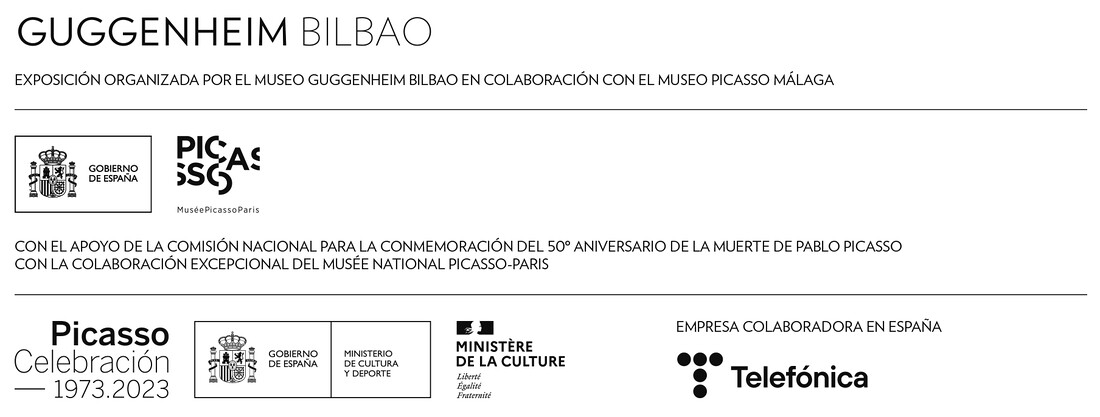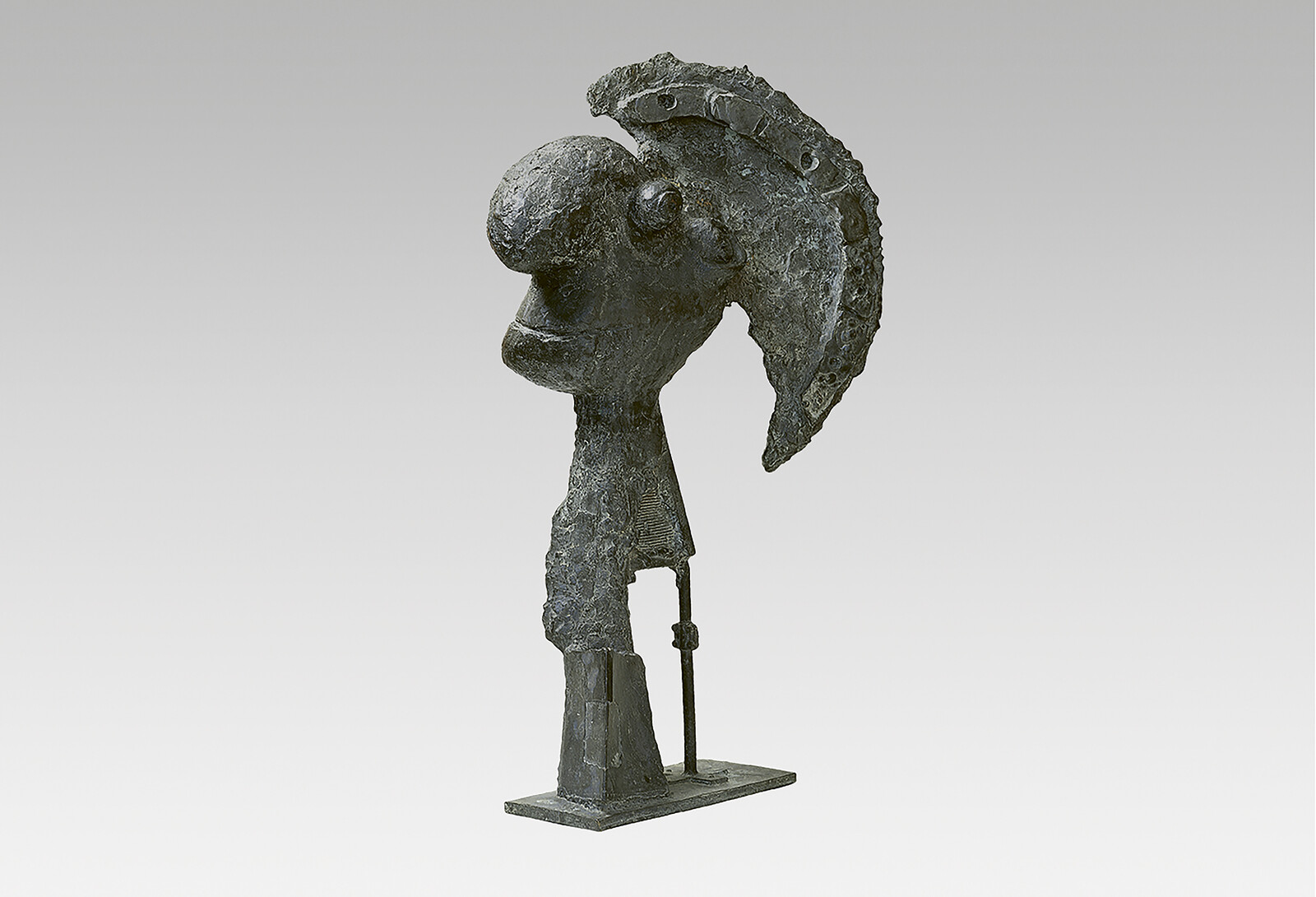September 29, 2023–January 14, 2024
Abandoibarra et.2
48001 Bilbao
Spain
Curator: Carmen Giménez, with the participation of Lucía Agirre
With the support of the National Commission for the Commemoration of the 50th Anniversary of the Death of Pablo Picasso as part of the Picasso Celebration 1973–2023, and with Telefónica as Collaborating Company in Spain.
The Guggenheim Museum Bilbao presents Picasso Sculptor: Matter and Body, an exhibition centered on matter and the human figure that brings together more than 50 sculptures created between 1909 and 1962 and covers the full range of styles used by Pablo Picasso throughout his career to represent the forms of the human body. Testing the limits between sculpture and painting, and those between project and finished work, this journey through nearly sixty years of Picasso’s sculptures constitutes a historical survey of Cubism, abstraction, primitivism, and the found object.
Organized by the Guggenheim Museum Bilbao in collaboration with Museo Picasso Málaga, the show is part of the international program of the Picasso Celebration 1973–2023, with the support of the National Commission for the Commemoration of the 50th Anniversary of the Death of Pablo Picasso, and the exceptional collaboration of the Musée national Picasso-Paris, with Telefónica as Collaborating Company in Spain.
Although it is the least known of his artistic disciplines, Picasso regarded sculpture as a form of expression comparable with painting, drawing, engraving, or ceramics, since as he said himself, no art is more or less important than the rest. The artist from Málaga thus produced sculptures throughout nearly the whole of his artistic career, approaching the medium with the freedom of a self-taught artist prepared to break all the rules. In doing so, he used a wide range of formats and materials like wood, iron, plaster, cement, metal, and bronze, which allowed him to express different aspects of his art.
Numerous photographs of his studios and residences testify to the presence of Picasso’s sculpture in his most intimate surroundings. Most of them formed part of his private collection, and the artist enjoyed reviving them in a variety of situations.



